Indesignlive chats with Saab’s Chief of Design Simon Padian.
June 11th, 2009
Simon Padian is the Chief Designer at Saab. We take a moment to ask him about his career and the future of car design.
Read on or click here to find out how you can also take advantage of indesignlive’s exclusive offers with Saab – proud supporters of design and official car partner of Saturday in Design 2009.
What inspired you to become a car designer?
I have been working in the Automotive design business for just over 20 years, having initially started my career at a small design consultancy in Holland called Kick design.
The company specialized in Automotive design but also worked on product design and on occasion some quite obscure projects, one I remember for example was a roller coaster for the fairground at the 1988 Seoul Olympics.
I have always had a keen interest in cars from a young age though and was always drawing or doing something creative, as I progressed through school and discovered the world of ‘design’ my intended career path began to take shape, from considering architecture and then Industrial Design, when I discovered that there was such a profession as ‘car design’ my future seemed set.
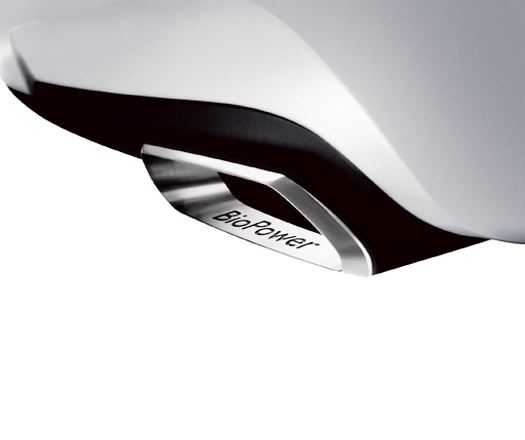
How do you transition from a digital design to a clay model?
These days the transition works very smoothly as the clay model is milled directly from the digital model. Equally any changes that are made manually to the clay model are scanned and fed back into the digital model.
This means that we have a much more efficient process than back in the ‘pre- digital’ times, the digital or math model is really just the language we use to communicate with engineering, so at any time they can see where the design surfaces are relative to any internal components etc.
While we make more and more design decisions ‘ in the math’ the clay model is of course the closest we can get to reality while remaining a flexible medium that we can modify, you still need to be able to walk around a 3D property, compare with existing vehicles and even ‘feel’ real surfaces.
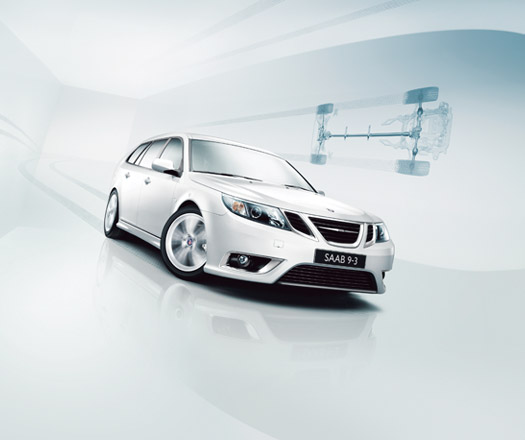
Where do you get your inspiration?
Spontaneously I would say everywhere! I think designers are like sponges and tend to continuously soak up influences and inspiration from everything around us – very often when we develop a theme or an idea we are unaware where the inspiration comes from.
On a personal level I always find travel to be a great way to get inspired and large cities tend to be great catalysts to set the creative thoughts in motion.
Equally, even if it might sound a bit cliché, I do find the Swedish nature and environment to be a great source of inspiration even after all these years, the unique nature and landscape, particularly on the rocky west coast where I live.
What are the trends that you are setting with your design and how do these tie in with your design ethics?
I am not so sure Saab design is about consciously setting trends, rather about strengthening the brand identity and offering a clear alternative to the mainstream.
Saab design should be seen to adhere to the philosophy of Scandinavian design and to provide a clear, distinctive and progressive aesthetic that the brand deserves.
As such rather than creating trends I would like Saab design to always be one step ahead and to be respected as a leader in design – much the same way that Apple has become.
What are you currently working on at Saab?
I can’t tell you exactly what we are working on but suffice it to say we are very busy with new models at the moment, both new versions of our current products and also completely new entries that will expand the Saab portfolio.
As always we are putting the finishing touches to some that are virtually production ready and others are still in the early conceptual stage.
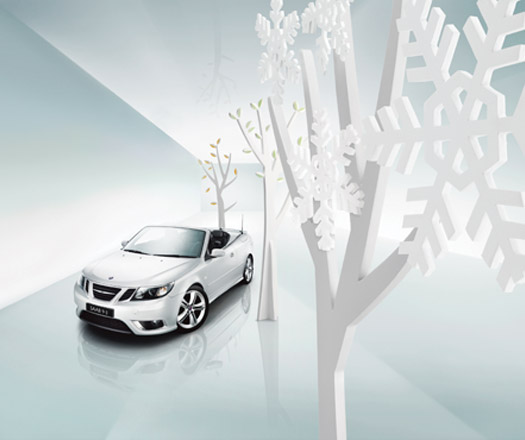
What does the future hold for automotive design from your perspective?
I think we are at a very exciting time in the development of the car at the moment, new developments are allowing us to really start to re-evaluate what the car is all about and look at things in a new perspective rather than just evolve the normal way of doing things.
In design terms things are opening up with new types of cross over vehicles and niche products allowing a new visual language and technology is advancing so rapidly we can start to rethink how we spend our time while in the car, we now have so many electronic systems to help us drive and we soon will have the possibility to let the car ‘drive itself’.
On your behalf Indesign and indesignlive.com have negotiated some great deals on Saab vehicles. Click here to find out how you can get amazing savings on the Saab range.
Saab Australia
saab.com.au
INDESIGN is on instagram
Follow @indesignlive
A searchable and comprehensive guide for specifying leading products and their suppliers
Keep up to date with the latest and greatest from our industry BFF's!

A longstanding partnership turns a historic city into a hub for emerging talent

London-based design duo Raw Edges have joined forces with Established & Sons and Tongue & Groove to introduce Wall to Wall – a hand-stained, “living collection” that transforms parquet flooring into a canvas of colour, pattern, and possibility.
When asked to produce the branding for the Sydney Design 09 program, design studio one8one7 ’flagged’ a potential problem.

Sydney-based designer George Livissianis translates a millennial clothing brand into a physical experience for Bec+Bridge’s first retail store – where lashings of pink and a sunny outdoor vibe set the scene.
The internet never sleeps! Here's the stuff you might have missed
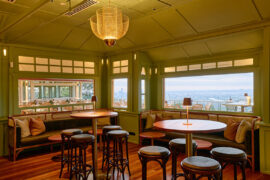
A multi-million dollar revitalisation of the heritage-listed venue at Brisbane’s beauty spot has been completed with The Summit Restaurant.
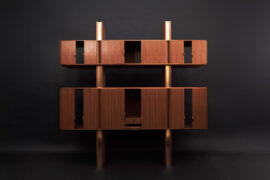
Adam Markowitz Design, in collaboration with Simeon Dux, has been awarded The Object at the INDE.Awards 2025. Their winning project, A Cabinet of Curiosities, is a masterwork of craftsmanship and adaptability; a poetic response to shifting domestic and professional life in the post-COVID era.